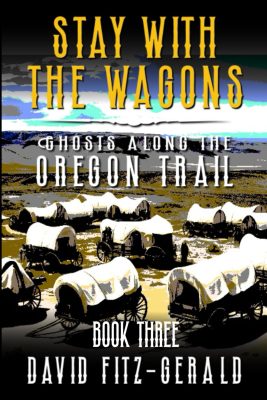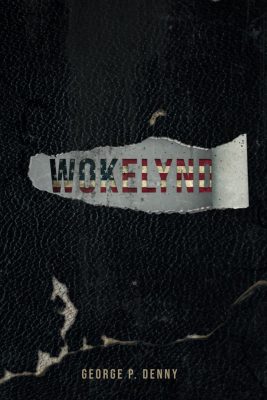|
Listen to or download this article:
|
The 1800s was the age of expansion in the United States, and railroads played a major part in the efforts to move Americans and industry to the Western shores. By the 1860s, this great country, the American experiment as it was called, became engulfed in a brother versus brother bloody Civil War. As the century drew to a close in the late 1880s and early 1890s, America was still reeling from the emotional and economic damage the war had caused. J.P. Kenna uses this struggle as the backdrop for his book I’ll Take You Home Kathleen, the second in his series titled Beyond the Divide.
Kenna’s novel captures the years 1882 to 1898 with its focal point being the Irish immigrants who were seeking to escape famine, lack of land reform along with desiring religious freedom, came to America seeking a better life and more opportunity. The first wave of immigrants were seeking escape from one of the grimmest periods in Irish history–the Great Famine from 1845 to 1852. Author Kenna follows this hard-working group of immigrants who helped lead America into a post-Civil War, industrial, and economic boom that some have called the Second Industrial Revolution.
Kenna does a magnificent job rooting this story firmly in the time period in which it takes place. He does so by sprinkling some well-known figures of the time throughout the book. He not only touches upon these real-life historical figures, but they become part of the conversation between the stories’ characters. The enthusiasm for growth is palpable in the conversations held within the book’s pages. “An empire, Francis! An empire of farms stretching beyond what our small East Coast vision can imagine. And of towns with schools, churches, stores, maybe mills. And beyond the wheat country is timber…and minerals. An empire stretching clear to the Pacific!” For as much excitement there was for expansion, there was just as much trepidation when it came to the relationship between the workers and their bosses. You will come to experience and understand the struggle between fledgling labor unions (aka Brotherhoods) and the railway owners. It is easy to sense how imperative to the rail workers the labor movement was to establish their rights when you encounter characters in the book making statements as such as these: “That all our Brotherhood’s will become one big union of all railway men and we shall be able to meet the big bosses, and owners head on, by the Pennsylvania, Central, P & R or the B & O! Or the Lackawanna or the Lehigh Valley or the Vanderbilt or Gould roads – or some monopolizing combine yet unheard of!” The book as a whole follows the timeline of the fictional James Fitzpatrick-Mary Dolan, as well as the Kathleen and Francis Scanlon families. What plays heavy in the narrative is how these fictional families interact and partake in sometimes heated discussions regarding the very real labor, economic, and social issues of the day which greatly affected their lives. J.P. Kenna in the aftermath of the book states, “My goal here has been to enliven the depiction of fictional characters – of ordinary people – using the broad brushstrokes of history, of real people and events. Both inhabit the closing decades of the 19th century – a time period within the living memory of people still alive not so long ago.” Kenna’s I’ll Take You Home Kathleen, is a gripping tome of historical fiction that follows two families as they face the social, economic, and political currents of the time that portrays the heartache of families enduring war and economic tough times. The perseverance of the hardworking Irish immigrants of the late 1800s in rebuilding a war-ridden county and then doing the back breaking work required for the westward expansion of the United States is brilliantly portrayed within these pages. Editor’s Note: Related historical figures to the novel’s time period: James T. Hill, railway mogul and businessman was intent on expanding the railroad to the Pacific and north to Canada; Belva Ann Lockwood, women’s rights activist and one of the first (if not the first) female candidates to run for President of the United States as a National Equal Rights Party in 1884 and 1888; George M. Pullman, the designer of his namesake Pullman sleeping car; and Eugene V. Debs, American union leader and five time candidate of the Socialist Party of America.



 Village Books
Village Books




Leave A Comment